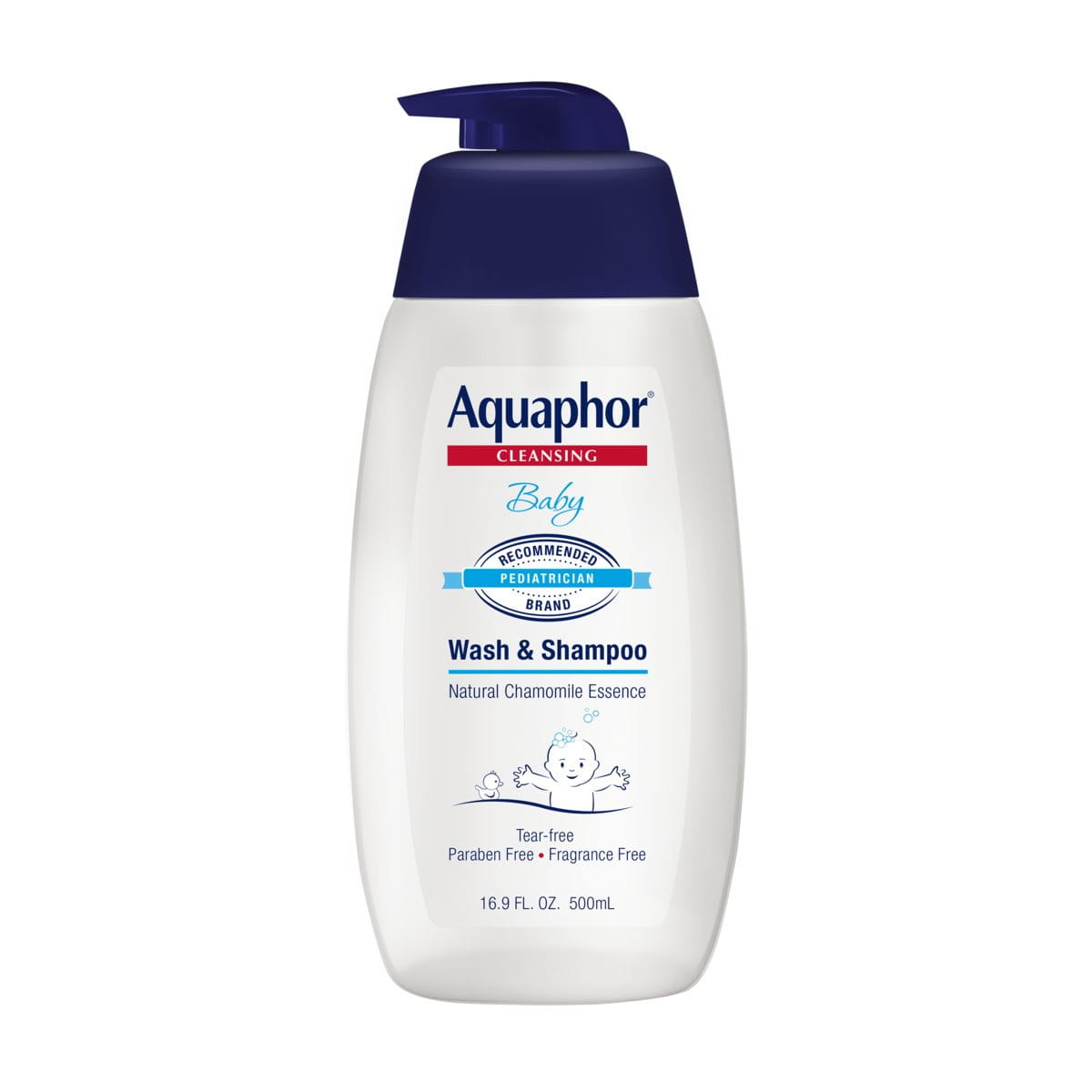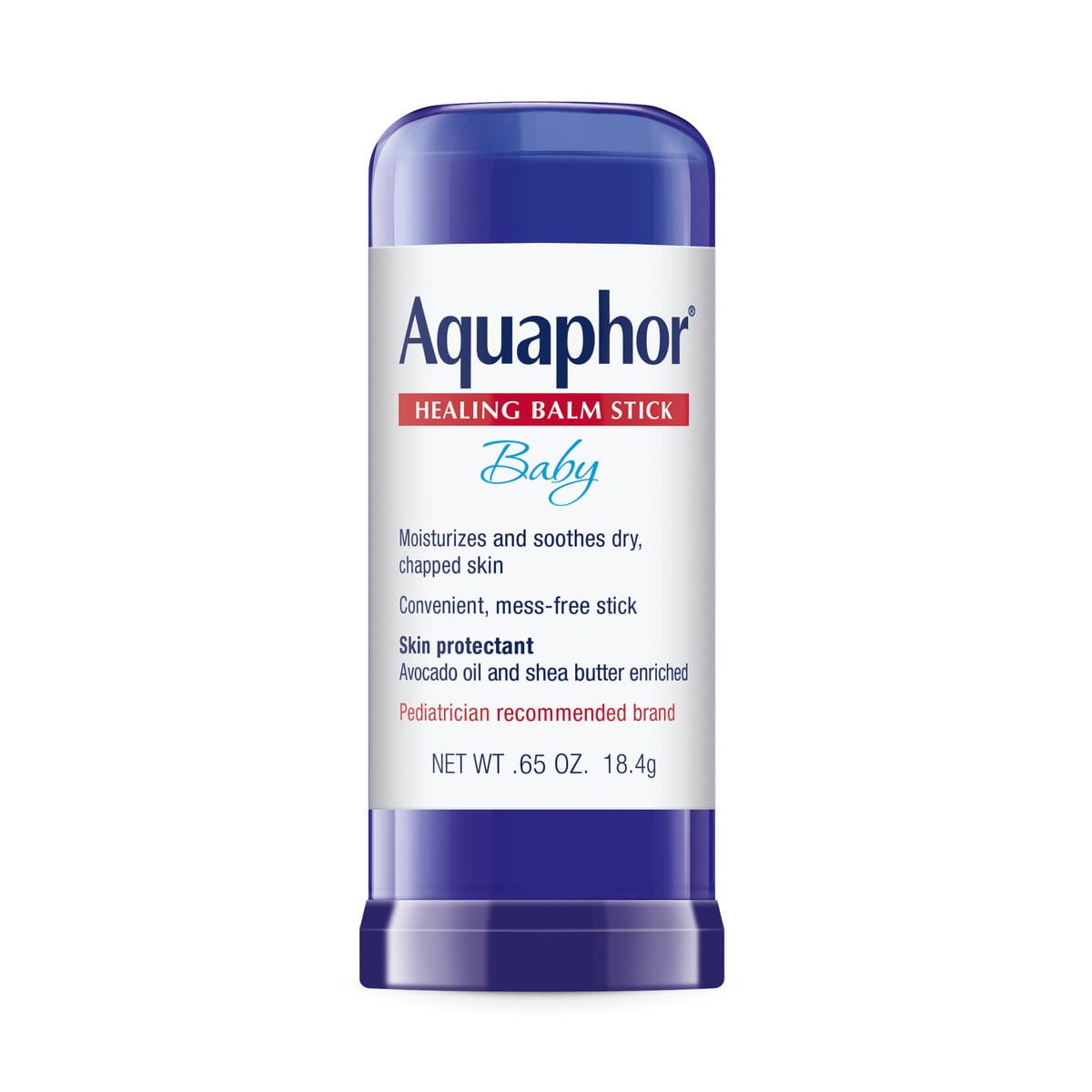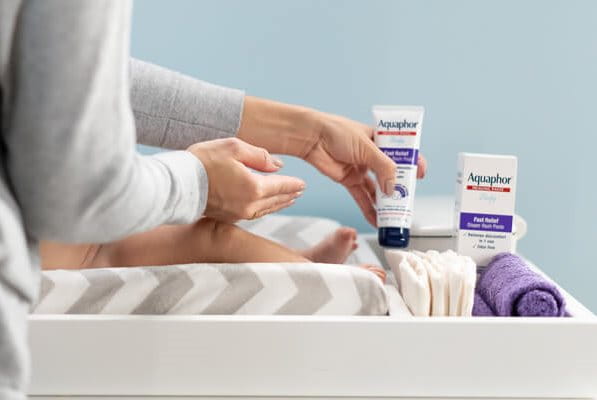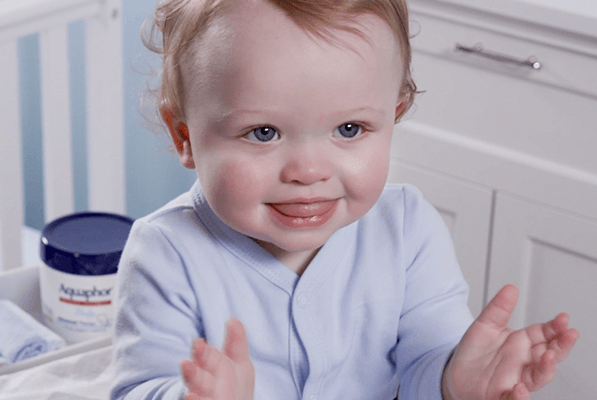Dry scalp in babies is a common problem caused by many different factors. Read on to learn what causes baby’s dry scalp, symptoms to look for, and how to help soothe their dry skin and keep further issues at bay.
What causes baby’s dry scalp?
A baby’s skin is thinner and more fragile than adults and lacks a proper moisture barrier that develops as a child grows. This leaves babies’ skin not only more sensitive and vulnerable to environmental irritants, but also more prone to moisture loss. Some common causes of dry scalp in babies include:
Environmental factors that can contribute to dry scalp in babies:
- Cold, dry weather and wind – exposure to cold, dry air and wind can strip the moisture from exposed skin like baby’s face, hands, or scalp.
- Long, hot baths – hot water and prolonged exposure to water can dehydrate the skin.
- Too frequent baths – bathing your baby too often can strip moisture and natural oils on the skin and cause dryness.
- Household and environmental allergens – allergens like pet dander, dust, smoke, or pollen could trigger an allergic reaction in some babies and lead to dry scalp.
- Getting overheated and sweating – similarly with hot baths, getting overheated and sweating can cause the skin to be wet for prolonged periods and cause dryness.
- Chemical irritants from cosmetic products & detergents – babies’ skin can be very sensitive, so using skin or laundry products with added fragrances, harsh soaps, or irritating chemicals can cause skin irritation and dryness.
- Sun exposure – exposure to the sun’s UVA/UVB rays without proper protection can lead to sunburn which can dry out the skin.
Medical skin conditions that can cause dry scalp in babies and newborns:
Certain skin conditions can cause your baby’s scalp to become dry, flaky, and irritated. If your baby shows any of the symptoms outlined below, follow up with your healthcare provider.
- Cradle Cap – Also known as seborrheic dermatitis or ‘baby dandruff’, cradle cap is marked by crusty, yellow patches of rough skin on the baby’s scalp.
- Baby Eczema – Also known as atopic dermatitis, baby eczema presents as scaly, itchy patches of skin, commonly found on the scalp and face, that is usually red and may ooze or look ‘weepy’.
- Baby Scalp Psoriasis – This skin condition leads to red, raised patches of skin called plaques that are often itchy, sore, and painful.
- Ringworm – A fungal infection marked by raised red ‘rings’ on the skin.
Baby dry scalp symptoms – what does dry scalp in babies look like?
Dry skin on your baby’s scalp may look uncomfortable, but it’s generally harmless and easy to treat. Some symptoms of baby dry scalp include:
- Flaky skin that may begin to peel – newborn dry scalp is very common, and you may notice some skin flakiness amidst your baby’s hair. Newborns often experience peeling skin all over their body during the first two weeks of life. This is generally not cause for alarm, and this stage of peeling is self-resolving as their healthy layer of skin develops underneath. If you are concerned about the appearance of flaky or peeling skin on your newborn, be sure to contact your pediatrician for further guidance.
- Dull skin – when moisture is stripped from the skin, it can lose its usual sheen and appear dull, grayish or ashy
- Tight-looking skin – dry skin on your baby’s scalp may look tight on its own or in conjunction with being flaky
- Rough skin texture – your baby’s dry scalp may feel rough to the touch
- Signs of discomfort – dry skin can feel uncomfortable, so you may notice your baby scratching their head, touching their skin or being fussy
Baby dry scalp vs. cradle cap – how can you tell the difference?
While minor dry skin on your baby’s scalp can cause symptoms of flakiness, cradle cap, also sometimes referred to as baby dandruff, is marked by its own distinctive symptoms. Cradle cap symptoms include:
- Greasy appearance to the skin
- Thick, yellow or sometimes reddish, scaly, crusty, rough patches of skin on top of skin that may be reddened or even purplish in color
- Crusty/scaly patches on parts of the body other than the scalp such as the neck, armpits, ears, eyelids, or diaper area
- In severe cases, the baby may experience temporary hair loss where the patches are
- May be caused by an overgrowth of yeast or possibly an issue with scalp sebaceous glands.
Treating and preventing dry skin on your baby’s head
Baby dry scalp treatment will vary depending on the cause of your baby’s dry scalp. If it appears to be more than dry skin or if you have any concerns, you should consult with your physician. For routine / regular dry scalp in babies, there are some simple ways to help your little one find relief, help to restore moisture to the skin, and help prevent dry scalp issues from continuing.
- Bathe less frequently – When it comes to bathing, especially for newborns, less is more. Limit full baths to just once or twice a week, with gentle spot cleaning in between.
- Bathe briefly and with lukewarm water – Keep bathtime to 5-10 minutes and avoid using hot water to help reduce the likelihood and severity of stripping baby’s scalp’s natural oils.
- Limit exposure to extreme weather – if you live in a climate with harsh winters and hot summers, be sure to properly bundle up your baby in the cold and be sure they wear a hat to help protect their scalp from cold, dry air as well as the hot sun. For hot weather, limit exposure to heat and dress your baby in breathable fabric to keep skin as cool and comfortable as possible to limit sweating.
- Limit sun exposure and take proper sun protection precautions – Keeping your baby, particularly a newborn, out of direct sun is important for helping to protect their skin from dryness. Use sun hats, bonnets, and other clothing to cover exposed areas of skin, particularly your baby’s scalp, neck, ears and face. Once your baby is over 6 months old, frequently apply a baby-safe high-SPF sunscreen, using as directed.
- Apply an ointment to baby’s dry scalp – when you see signs of dry scalp on your baby, apply a breathable ointment like Aquaphor® Baby Healing Ointment . Also apply to your baby’s skin areas prone to dryness or irritation, like the face, neck, and diaper area. Apply after bathing to help moisturize baby’s skin, nourish and protect the skin to enhance healing, as well as any time to help protect your baby’s skin from the drying effects of wind, cold weather, and other drying conditions like drool rash.
- Use gentle cleansers during bath and laundry time: Use fragrance-free, hypoallergenic laundry detergents on your baby’s clothes and your own (your baby’s skin comes in contact with your clothes as well!). During bathtime, bathe your baby with a gentle, fragrance- and dye-free cleanser like Aquaphor® Baby Wash & Shampoo.
Using baby shampoo for dry scalp
Over-washing or using harsh shampoos and soaps can contribute to dry scalp in babies, so it’s important to use a specially formulated, gentle, hypoallergenic baby shampoo to help support and not dry the skin and to soothe dry scalp, rather than making it worse.
Aquaphor® Baby Wash & Shampoo is a gentle 2 in 1 solution to cleanse your baby’s hair and skin from head to toe without drying. It washes your baby’s hair without irritating the scalp and is enriched with soothing Chamomile Essence and Provitamin B5 and is paraben- and fragrance-free to accommodate baby’s sensitive skin.
Soothe baby’s dry scalp with Aquaphor® Baby
Aquaphor® understands how sensitive babies’ skin can be and, as a pediatrician-recommended brand, has formulated mild solutions suitable for baby’s delicate skin. Shop the full line of Aquaphor® Baby skin care products and help support moisturized, healthy-looking skin for your little one.
Please note: The information provided herein is not intended to be medical advice. Nor is it intended to treat the underlying skin disease or condition. The information is provided solely to:
- Moisturize, soften and smooth dry skin
- Improve the appearance of the skin
- Achieve healthier-looking skin








